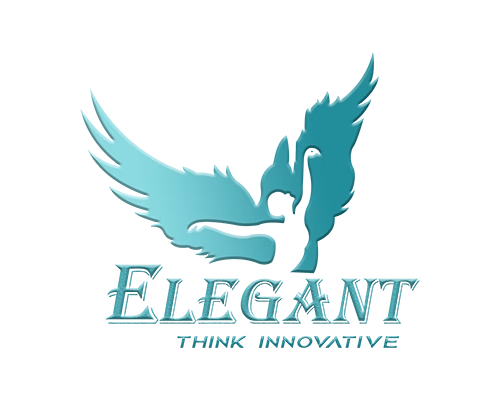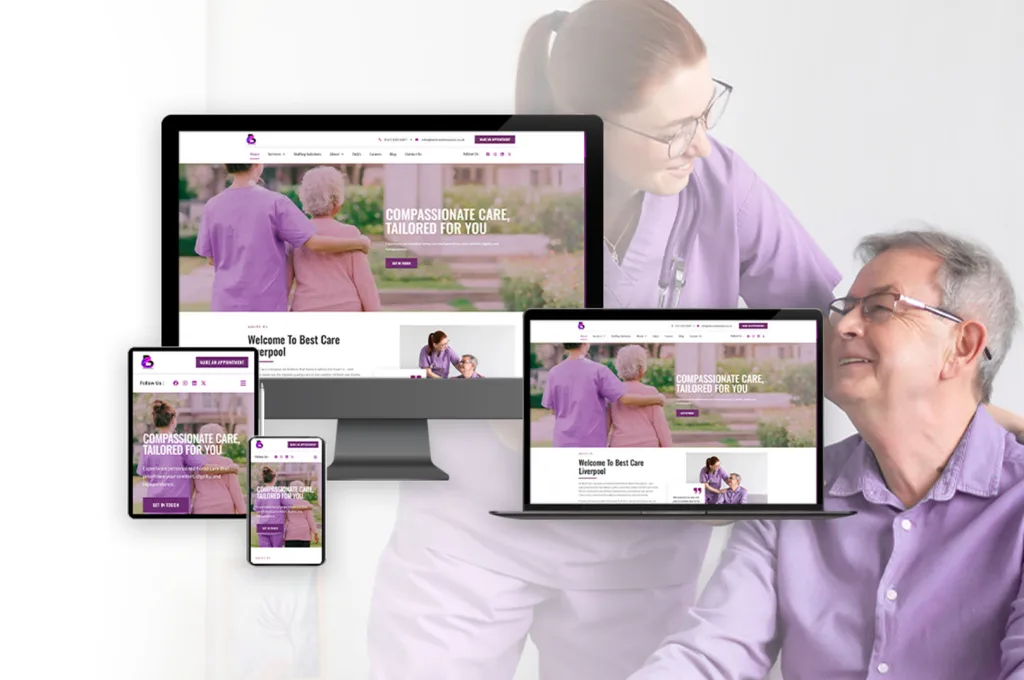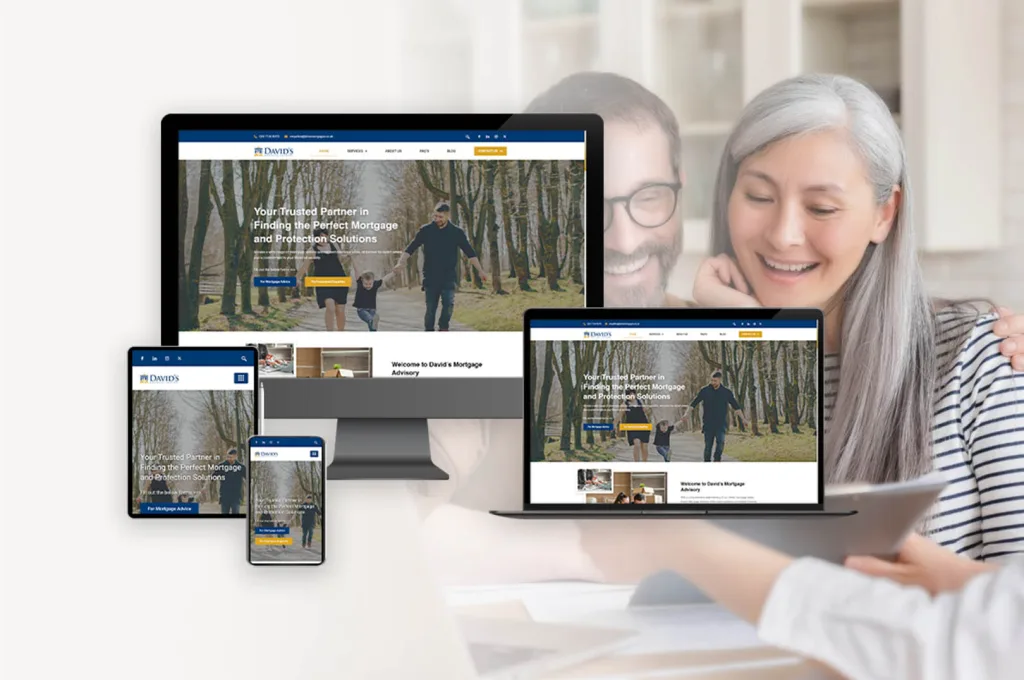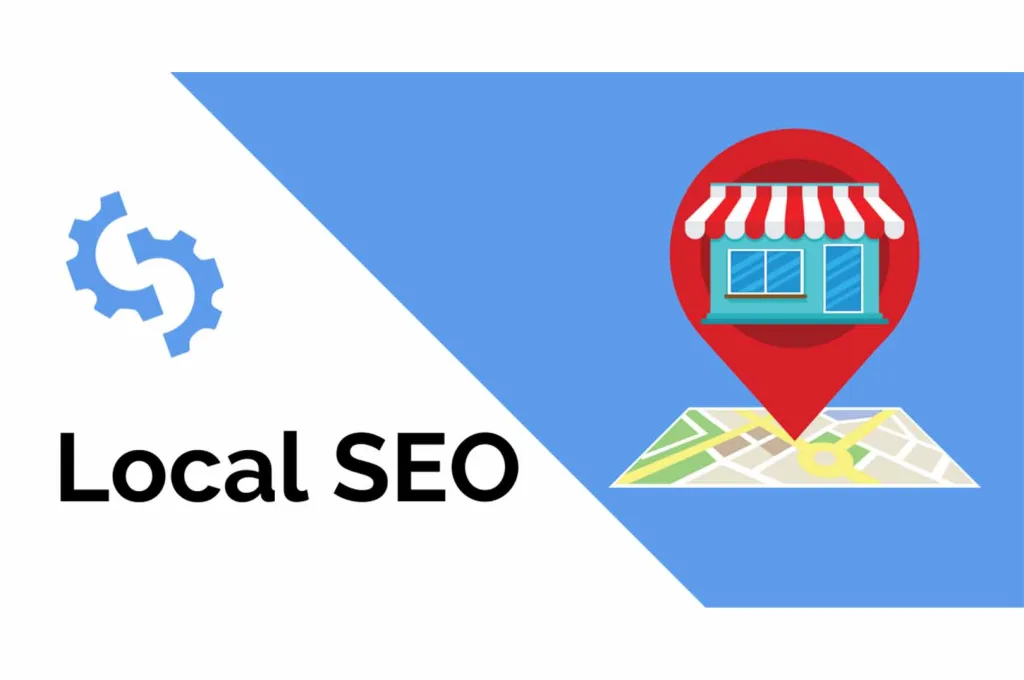Unlocking SEO Success: A Comprehensive Guide for Business Owners
Unlocking SEO Success: A Comprehensive Guide for Business Owners
Introduction
In the vast digital landscape, search engine optimization (SEO) stands as the cornerstone of online visibility and success for businesses. Yet, for many business owners, the intricacies of SEO can seem like an enigma wrapped in a puzzle. Fear not, for we are here to simplify the complex world of SEO and provide you with actionable strategies to boost your online visibility and drive more traffic to your website.

Understanding the Basics of SEO
Keyword Research: The Foundation of SEO
Effective keyword research is the bedrock of any successful SEO strategy. By identifying the right keywords and phrases relevant to your business, you can attract highly targeted traffic to your website. Utilize keyword research tools such as Google Keyword Planner, SEMrush, or Ahrefs to discover high-volume, low-competition keywords that align with your business goals.
On-Page Optimization: Maximizing Your Website’s Potential
Optimizing your website’s on-page elements is crucial for SEO success. Ensure that your title tags, meta descriptions, and URL structures are optimized with relevant keywords to improve your site’s visibility in search engine results pages (SERPs). Additionally, focus on creating high-quality, keyword-rich content that provides value to your audience while naturally incorporating target keywords.
Technical SEO: Fine-Tuning Your Website for Performance
Technical SEO involves optimizing your website’s infrastructure and backend processes to enhance its crawlability, indexability, and site speed. Pay attention to factors such as site architecture, mobile-friendliness, and schema markup to improve your site’s overall performance and user experience, both of which are vital ranking factors in Google’s algorithm.
Harnessing the Power of Content Marketing
Content is King: Crafting Compelling, Relevant Content
In the realm of SEO, content is king. Invest in creating high-quality, relevant content that resonates with your target audience and provides solutions to their pain points. Whether it’s blog posts, articles, videos, or infographics, consistently producing valuable content will not only attract organic traffic but also establish your authority and credibility in your industry.
Content Optimization: Maximizing Visibility and Engagement
Optimize your content for SEO by strategically incorporating target keywords throughout your copy, headers, and meta tags. Leverage internal linking to establish a cohesive website structure and guide visitors to relevant pages. Additionally, promote social sharing and encourage user engagement by integrating share buttons, comment sections, and interactive elements into your content.
Building Authority and Trust
Backlink Building: Earning Credibility from Reputable Sources
Backlinks remain one of the most influential factors in Google’s ranking algorithm. Focus on earning high-quality backlinks from authoritative websites within your industry through content partnerships, guest blogging, and digital PR efforts. Quality over quantity is key, so prioritize earning backlinks from reputable sources that add value to your website’s authority and credibility.
Reputation Management: Cultivating a Positive Online Presence
Your online reputation plays a significant role in determining your search visibility and credibility. Monitor and manage your online reviews, social media mentions, and brand mentions to ensure a positive perception of your business. Respond promptly to customer feedback and address any negative reviews or comments professionally and empathetically.
Embracing Local SEO for Enhanced Visibility
Local SEO: Connecting with Nearby Customers
For brick-and-mortar businesses or those targeting local audiences, local SEO is essential for maximizing visibility and driving foot traffic. Claim and optimize your Google My Business listing, ensuring accurate business information, including your address, phone number, and business hours. Additionally, optimize your website for local keywords and geo-targeted content to attract nearby customers.
Online Directories and Citations: Establishing Local Authority
List your business on online directories and local citations such as Yelp, Yellow Pages, and TripAdvisor to increase your online visibility and credibility within your local community. Ensure that your business information is consistent across all platforms to avoid confusion and enhance your chances of appearing in local search results.
Conclusion
Navigating the complex world of SEO can be daunting, but with the right strategies and tactics, you can unlock the full potential of your online presence and drive sustainable growth for your business. By focusing on keyword research, on-page optimization, content marketing, authority building, and local SEO, you can position your business for success in the competitive digital landscape.
Unlocking SEO Success: A Comprehensive Guide for Business Owners Read More »














